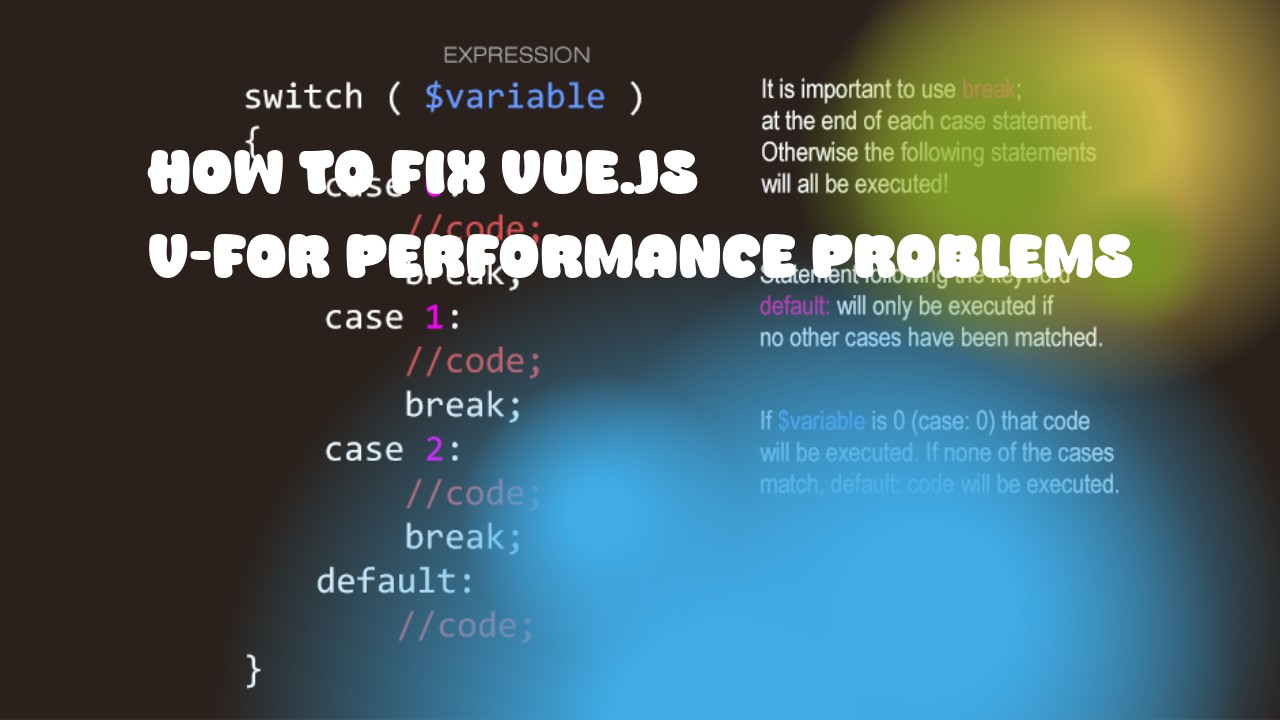Vue.js's v-for directive is quite powerful, but it can be slow when dealing with large amounts of data due to its re-rendering capabilities. Here are some ways you can improve the performance of your Vue.js app when using v-for:
-
Use the
track-byattribute: Thetrack-byattribute allows Vue.js to keep track of each item's identity, which can help it optimize the rendering process. By specifying a unique identifier for each item in your data array, Vue.js can more efficiently update the DOM and avoid unnecessary re-renders. -
Use computed properties: If you find that your
v-forloop is slowing down your app, consider using a computed property instead of a method. Computed properties are cached, so they will only be recalculated when their dependencies have changed, which can improve performance. -
Optimize your data structure: When working with arrays in Vue.js, it's important to avoid unnecessary nesting or duplicating items in your array. For example, if you have an array of objects that contain the same properties, consider creating a separate object and re-using it for each item instead of using nested objects.
-
Use the
keyattribute: Thekeyattribute is used to uniquely identify each element rendered byv-for. By providing Vue.js with a unique key for each element, it can improve performance by avoiding unnecessary changes and reducing the number of DOM manipulations required to update the list. -
Avoid using long chains of computed properties: If you have a complex calculation in your data that's used multiple times in your template, consider moving it to a method instead. This will ensure that the calculation is only performed once, even if it's referenced multiple times in your template.

